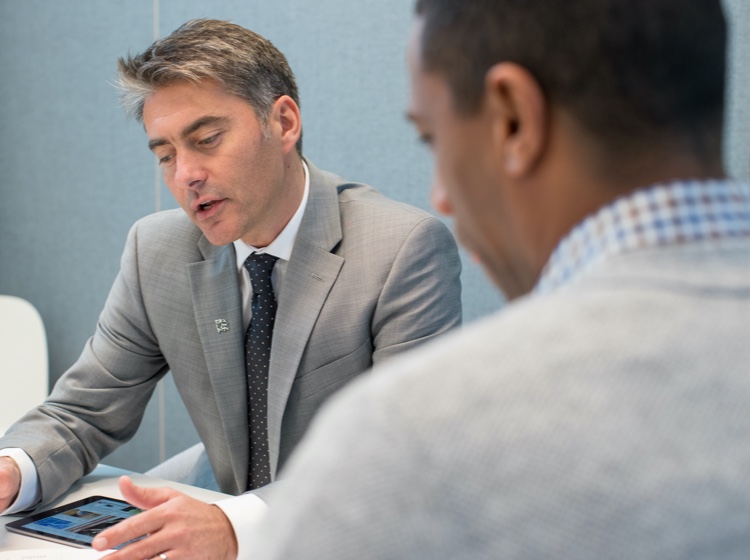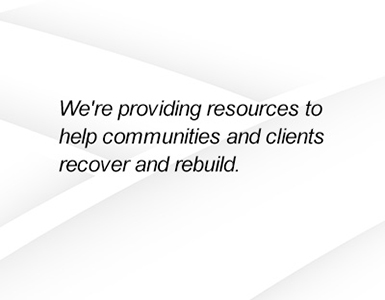Building on our longstanding support for the Paris Climate Agreement, we have a goal to achieve net zero greenhouse gas (GHG) emissions in our financing activities, operations and supply chain before 2050.
Our Environmental Business Initiative will deploy and mobilize $1 trillion by 2030 to accelerate the transition to a low-carbon, sustainable economy, as part of a broader $1.5 trillion sustainable finance goal aligned to addressing the United Nation’s Sustainable Development Goals (SDGs). Our multi-year financing commitment provides financial capital, along with significant intellectual capital, to develop solutions to climate change and other environmental challenges. It focuses on low-carbon energy, energy efficiency, and sustainable transportation, in addition to addressing other important areas like water conservation, land use and waste.





